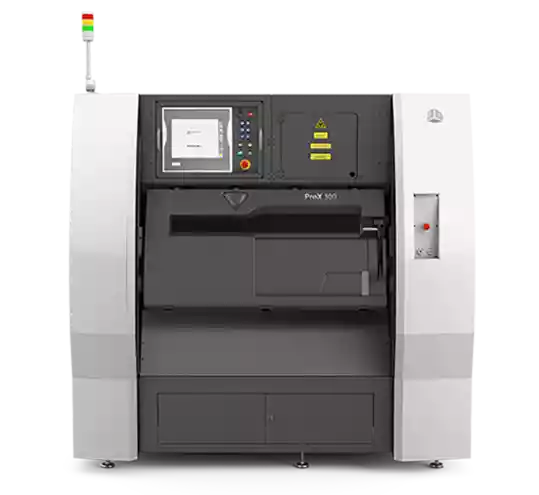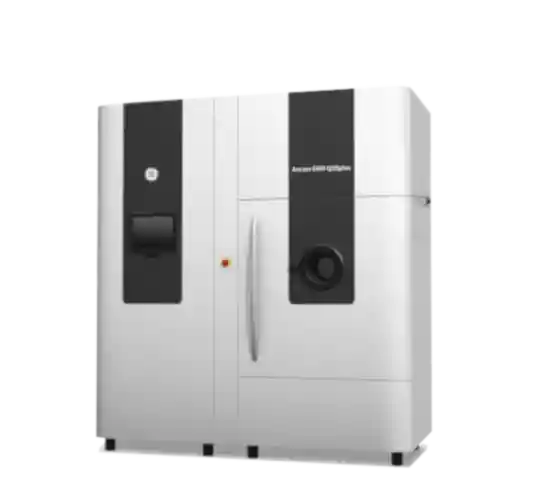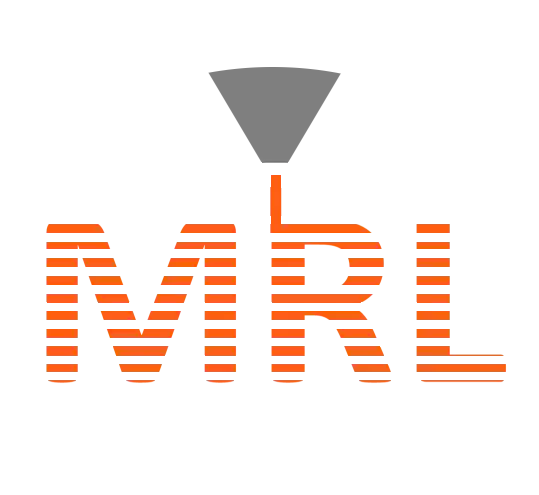The single biggest difference between a standard factory and a fast factory is a the philosophical foundations of the manufacturing methods.
MRL is excited to work with new customers and solve design problems together so we can help you be original.
We specialize in low volume rapid production and prototyping.


MRL has a complete suite of additive manufacturing machines, each with a particular purpose. Different materials (i.e. Nickel and Titanium) have unique microstructures that can only be built using a particular set of solidification front velocities (R) and thermal gradients (G). Different printer technologies have different possible G&R which make them strong candidates for processing different materials. MRL uses its ICME tool, iCAAM to make decisions about which printer technology is most suitable for each material.




Aluminum | Steel | Titanium | Nickel | Novel Alloys | Other |
|---|---|---|---|---|---|
| AlSi10Mg | 316L | Ti-6Al-4V | IN718 | MRL MgAlloy | Cobalt Chrome |
| Addalloy HX | 17-4 PH | Ti 185 | Haynes 230 | MRL RHEA | Contact for More |
| Addalloy 5T | AF 9628 | MAR M247 | |||
| Addalloy 7S | 4340 | ||||
| Addalloy 7SM2 | Carbon Steel | ||||
| Scalmalloy | |||||
| A7050-RAM2 |
After printing parts, there may be locations where there are strict surface requirements to bring the part into tolerance. MRL has all the capabilities for a hybrid manufacuturing approach that will produce your parts with a high degree of fit and finish.





After printing parts, there may be locations where there are strict surface requirements to bring the part into tolerance. MRL has all the capabilities for a hybrid manufacuturing approach that will produce your parts with a high degree of fit and finish.




